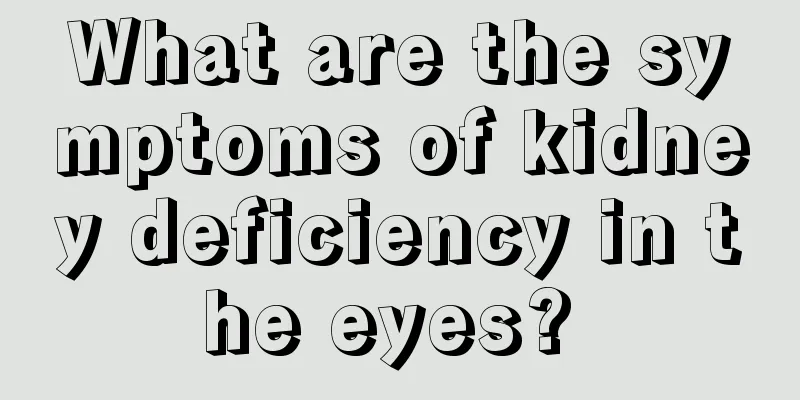Can I wear color blind glasses for a physical examination?

|
Everyone has experience in looking for a job. Because the requirements of each industry are different. So we need to prepare some things. Some require academic qualifications, some require height, and some require good health. Some food production jobs require a physical examination report. Therefore, if we want to find this kind of job, we have to go to the hospital for a physical examination. Because each of us has a different physical condition. Some things can only be discovered by us in front of professional instruments. Just like some people are born color blind. You may not know until the moment it is detected. Therefore, they are not qualified for certain jobs. The advent of color blind glasses helped them. But can I wear color blind glasses for a physical examination? Black color blind glasses will not allow you to pass the physical examination. It is generally believed that red and green color blindness is determined by two pairs of genes on the X chromosome, namely the red and green color blindness genes. Because these two pairs of genes are tightly linked on the X chromosome, they are often represented by one gene symbol. Red and green color blindness is inherited in an X-linked recessive manner. Males only have one X chromosome, so they only need one gene to be color blind. Females have two X chromosomes, so they need a pair of disease-causing alleles to show abnormalities. If a normal woman marries a color-blind man, the father's color-blind gene can be passed on to their daughter via the X chromosome, but not to their son. The daughter then passes the color blindness gene from her father to her son, a phenomenon called cross-inheritance. 1. Achromatopsia It is a complete cone cell dysfunction, which is the opposite of night blindness (rod cell dysfunction). Patients prefer darkness and are afraid of light, which manifests as day blindness. There is only a difference in light and dark, but no difference in color, and the red appears dark and the blue appears bright. In addition, there are symptoms such as poor vision, amblyopia, central scotoma, and pendulum nystagmus. It is the most severe form of color vision deficiency and is less common. 2. Red-color blindness Also known as the first color blindness. The patient is mainly unable to distinguish the color red, and cannot distinguish red from dark green, blue from purple-red, and purple. Green is often seen as yellow, purple is seen as blue, and green and blue are mixed as white. 3. Deuteranopia Also known as second color blindness, patients cannot distinguish between light green and dark red, purple and cyan, purple and gray, and perceive green as gray or dark black. In clinical practice, red-green color blindness and green-color blindness are collectively referred to as red-green color blindness, which is more common. The color blindness we usually talk about usually refers to red and green color blindness. 4. Blue-yellow color blindness Also known as third color blindness. The patient confuses blue and yellow colors, but can distinguish red and green, which is rare. 5. Panchromatosis Also known as red, green, blue and yellow weak. The color vision impairment is lower than total color blindness, and there is no abnormality in vision or other complications of total color blindness. It is possible to distinguish objects when their colors are dark and bright; if the colors are light and unsaturated, it is difficult to distinguish and is rare. 6. Partial color blindness There are red-green color weakness (first color weakness), green-green color weakness (second color weakness) and blue-yellow color weakness (third color weakness), among which red-green color weakness is more common. Patients have poor sensitivity to red and green. When the lighting is poor, their color discrimination ability is close to red-green color blindness; but when the color of the material is dark and bright and the lighting is good, their color discrimination ability is close to normal. Treatment 1. Acupoints and acupressure Acupressure is placed 2 cm below the center of the eyeball to improve eye function. When doing acupressure, press firmly with your index finger for 6 seconds while exhaling. You can do acupressure with your eyes open or closed. When acupressure is performed with eyes open, the color can be clearly judged; when acupressure is performed with eyes closed, abnormal vision and pseudomyopia can be treated. If you suffer from strong color abnormalities, you should focus on pressing under your eyes. Continuing this acupressure will gradually eliminate color vision abnormalities. |
<<: Anti-slip cover for glasses
>>: Tips on how to wear contact lenses
Recommend
What are the early symptoms of lung cancer bone metastasis? What are the early clinical symptoms of lung cancer bone metastasis?
Bone metastasis is a very common early symptom of...
What is the correct way to take care of your skin
In our daily life, we all yearn for fair skin. Th...
8 tips to have strong teeth
There is a folk saying in my country: "Knock...
Symptoms of insufficient blood supply, common manifestations of insufficient blood supply to the brain
Insufficient blood supply to the brain can lead t...
Is there any hope for advanced bladder cancer?
Bladder cancer in the late stage cannot be comple...
The relationship between ears and kidneys
Everyone knows that the ear is an important part ...
Why do I feel tired when I dream as soon as I fall asleep?
Generally, people tend to dream during deep sleep...
What are the dangers of not having surgery for testicular cancer
Testicular cancer has become the biggest threat t...
How pancreatic cancer metastasizes
The main metastatic pathways of pancreatic cancer...
What should you eat after chemotherapy for endometrial cancer? Eat more light and easily digestible food
A reasonable diet helps maintain nutritional bala...
Is rice cake easy to digest?
Rice cake is made of glutinous rice and has a ver...
Look at the tongue coating to know the health method
Whether the tongue coating is normal has a lot to...
Sliced Noodle Ingredients
Sliced noodles are a type of pasta that people ...
What is the best way to repair a burn on the face
The face is very important to a person. Facial bu...
What should I do if white particles are squeezed out of my skin?
White particles appear on the skin, which looks d...









